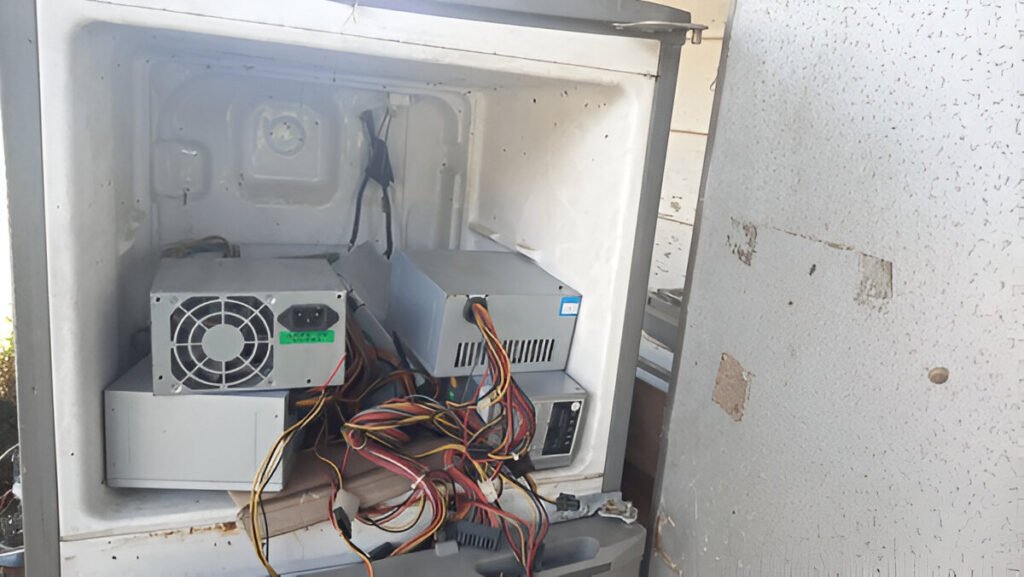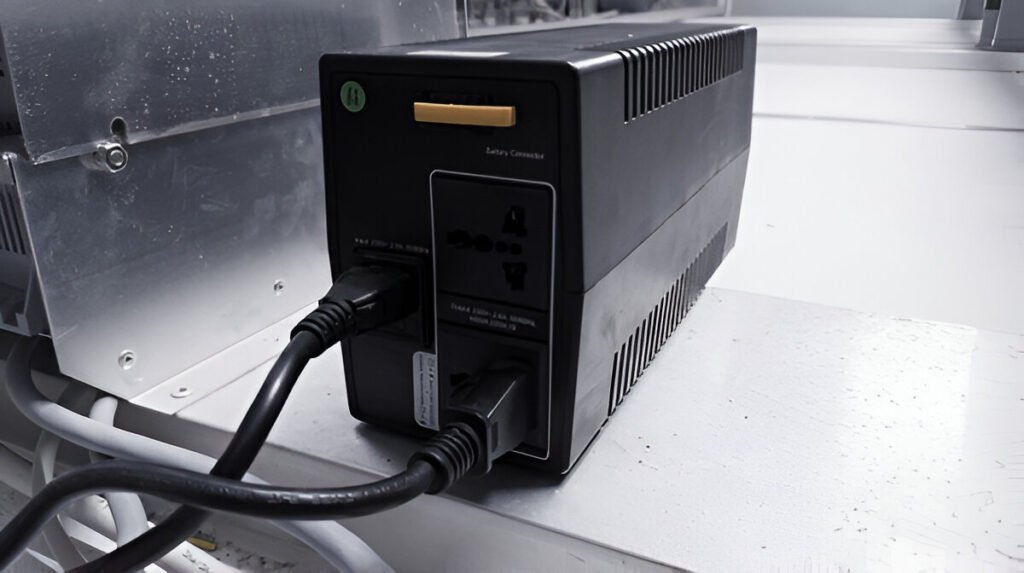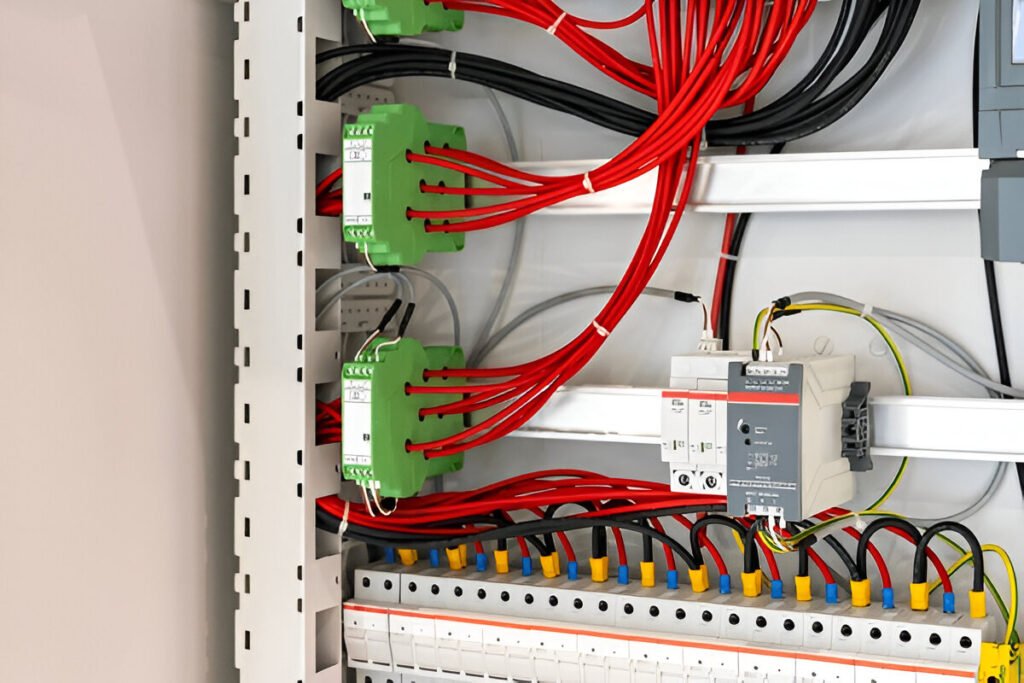Transformer Loading and No-Loading Operation
Explore transformer behavior during loading and no-load conditions, including losses, efficiency, and inrush current.
Read More
In the world of power supplies, two dominant technologies have emerged as the backbone of modern electronic devices: linear and switching regulators. While both serve the crucial role of converting electrical power from a source to a suitable voltage and current for the load, their underlying principles and performance characteristics differ significantly.
Linear power supplies, known for their simplicity and low noise output, have been a staple in the industry for decades. On the other hand, switching power supplies have gained prominence due to their superior efficiency and smaller form factors, making them the preferred choice for a wide range of applications.

Linear power supplies are a type of power supply that convert AC voltage into regulated DC voltage using a linear regulator. They are one of the most basic and traditional types of power supplies used in electronic devices.
Linear supplies take an input voltage, typically from the AC mains, and first convert it to an unregulated DC voltage using a transformer, rectifier circuit, and filter capacitors. The unregulated DC voltage is then fed into a linear regulator, which drops the excess voltage to produce a stable, fixed output voltage.
The key component in a linear power supply is the series pass transistor or group of power transistors. These transistors act as a variable resistor, continuously adjusting their resistance to maintain a constant output voltage despite variations in input voltage or load current.
Linear power supplies have a simple design with fewer components compared to switching power supplies. This simplicity makes them more reliable and less prone to failure.
Linear supplies produce minimal electrical noise and ripple, making them ideal for noise-sensitive applications like audio equipment, precision measurement devices, and analog circuits.
Linear power supplies provide excellent voltage regulation, maintaining a stable output voltage even under varying load conditions.
Linear supplies offer a faster transient response compared to switching power supplies. When the load on the power supply changes rapidly, a linear supply can quickly adjust its output to maintain a stable voltage.
Linear supplies regulate the output voltage by dissipating excess power as heat through power transistors or voltage regulators. This heat generation leads to significant energy losses, making linear supplies less efficient than their switching counterparts.
Linear power supplies have a limited power density compared to switching supplies.
Due to the need for larger transformers and heat sinks, linear power supplies tend to be bulkier and heavier than switching supplies.
Linear power supplies typically have a limited input voltage range compared to switching supplies. They require the input voltage to be higher than the desired output voltage, as the excess voltage is dropped across the regulator.

Switching power supplies, also known as switch mode power supplies (SMPS), are a type of power supply that utilizes high-frequency switching and energy storage components to efficiently convert electrical power. Unlike linear power supplies, which rely on a transformer and linear regulators, switching power supplies employ solid-state components such as power transistors and control circuitry to regulate the output voltage.
These power supplies operate by rapidly switching the input power on and off at high frequencies, typically in the range of tens to hundreds of kilohertz. The high-frequency AC is then rectified and filtered to produce a smooth DC output voltage.
These power supplies can achieve efficiency levels of up to 90% or more, which means that most of the input power is converted into useful output power.
Switching power supplies offer a compact and lightweight design compared to their linear counterparts. The high-frequency operation allows for the use of smaller transformers, inductors, and capacitors, which significantly reduces the overall size and weight of the power supply.
Switching power supplies can operate over a wider range of input voltages compared to linear power supplies. They can handle fluctuations in the input voltage without significantly affecting the output voltage or performance.
Switching power supplies have a faster transient response compared to linear power supplies. They can quickly adapt to changes in load conditions and maintain a stable output voltage.
One of the main disadvantages of switching power supplies is the generation of high-frequency noise and electromagnetic interference (EMI). The rapid switching of power transistors in these power supplies creates high-frequency harmonics that can cause noise and interference in nearby electronic devices and circuits.
Switching power supplies are generally more complex and costly compared to linear power supplies.
Switching power supplies have a higher component count and greater complexity compared to linear power supplies. This increased complexity can lead to a higher potential for failure and reliability concerns.

Linear power supplies regulate output voltage by dissipating excess power as heat, resulting in lower efficiency, typically around 30-60%.
In contrast, switching power supplies can achieve efficiency levels of 80-95% by utilizing high-frequency switching and pulse width modulation techniques to minimize heat loss.
Switching power supplies are typically smaller and lighter than linear supplies.
Linear power supplies require larger transformers and heat sinks to manage heat dissipation, resulting in a bulkier and heavier design.
Linear power supplies generally produce less electrical noise and output ripple compared to switching supplies. The linear regulation process results in a cleaner, more stable output voltage with minimal noise.
Switching power supplies, due to their high-frequency operation, can generate higher levels of electromagnetic noise and ripple.
Linear power supplies generate more heat than switching supplies due to their lower efficiency. The excess power is dissipated as heat, requiring larger heat sinks and adequate ventilation to prevent overheating.
The cost comparison between linear and switching power supplies depends on various factors, including power requirements, production volume, and design complexity. In general, switching power supplies tend to be more cost-effective, especially in higher power applications.
Linear power supplies often have a lower component count and simpler design, which can make them more economical for low-power applications. However, as power requirements increase, the cost of linear supplies rises due to the need for larger transformers and heat sinks.